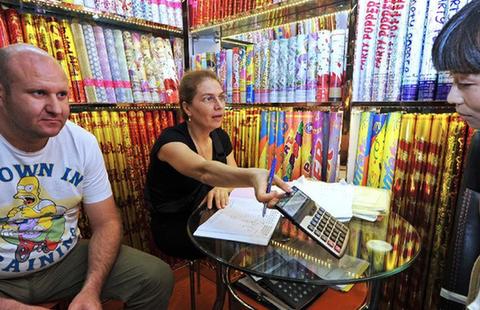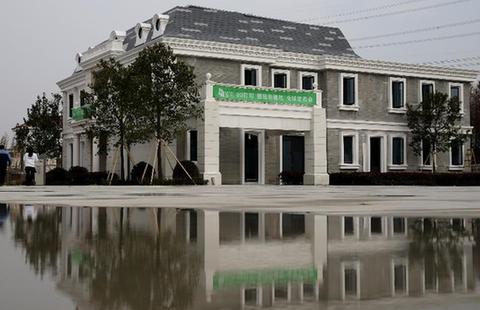Policy changes loom for financial institutions
By JIANG XUEQING (China Daily) Updated: 2015-01-20 10:18The move is seen as another attempt to reinvigorate productive business investment without resorting to an across-the-board cut to reserve requirement ratios.
Economists said the PBOC decided not to resort to an across-the-board RRR cut because it does not want to send a signal that monetary policy will become "too loose".
Li Shanshan, an analyst at Bocom International Holdings Co Ltd, said: "The central bank released short-term liquidity in recent months mainly through monetary policy tools. Although it may cut RRR and interest rates this year, the central bank is unlikely to do so within a short time."
Interest rate and RRR cuts
The PBOC cut the RRR twice in 2014. Effective June 16, it lowered the RRR by 50 basis points for commercial banks that had extended a certain portion of their loans to the farming sector or small businesses. The move followed a cut in April for county-level rural commercial banks and rural cooperative banks.
Zhu Haibin, chief China economist at JPM organ Chase & Co, forecast that the central bank will lower RRRs two or three times in the first half of 2015. It is also expected to cut interest rates further this year.
On Nov 22, the PBOC cut the one-year benchmark lending rate by 40 bps to 5.6 percent and the one-year benchmark deposit rate by 25 bps to 2.75 percent. Other benchmark deposit and lending rates were lowered accordingly.
"The latest interest rate cuts will have a visible impact on the banking sector in the first half of 2015, especially because the rate cut was asymmetric," Lian said.
"About 35 to 40 percent of the bank deposits are current-account deposits, on which the benchmark deposit rate is 0.35 percent. After the central bank cut lending rates, banks experienced an interest margin squeeze."
Some economists advised the central bank to further reduce current-account deposit rates to prevent interest margins from narrowing too rapidly and prevent banks from undertaking more risk than before.
- Economic growth edges to 24-year low of 7.4%
- Carmaker Autoeuropa exports rise by 12% in 2014
- Chinese 'makers' turn fake products market into innovation base
- Wang reported to take 20 percent stake in Atletico
- WEF expects to know more about fresh opportunities from China
- China's energy giant willing to cooperate in Arctic resources extraction
- Exports of Zhejiang in 2014 increase 8.8% year on year
- Regular inspection not to suppress stocks
















